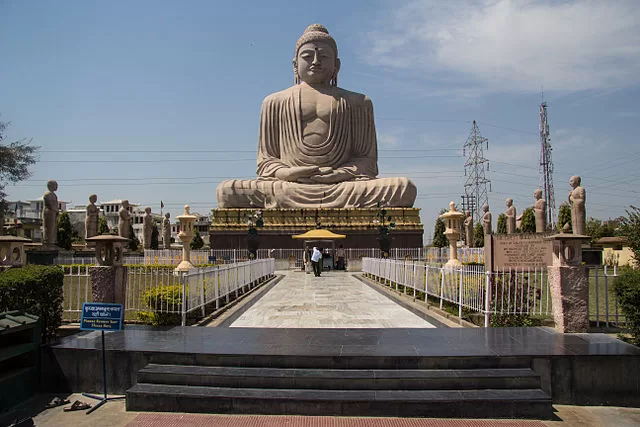Bodh Gaya, located in the northeastern Indian state of Bihar, stands as an epitome of spiritual significance and historical heritage. It is a place that holds deep reverence in the hearts of millions of Buddhists worldwide. The ancient town is renowned as the site where Siddhartha Gautama, later known as Lord Buddha, attained enlightenment under the sacred Bodhi Tree. This article aims to delve into the multifaceted aspects of Bodh Gaya, exploring its historical context, religious importance, local culture, and its impact on Buddhism worldwide.
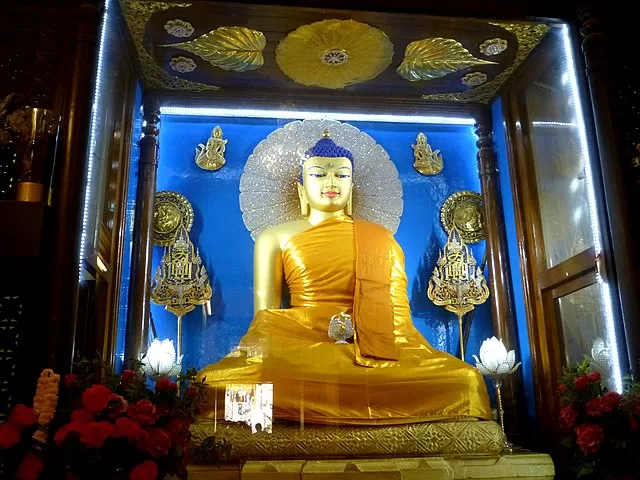
The Significance of Bodh Gaya
Bodh Gaya is the most venerated pilgrimage destination for Buddhists across the globe. Its sanctity lies in the belief that it was here, over 2,500 years ago, that Prince Siddhartha attained enlightenment while meditating under the Bodhi Tree. This transformative event marked the birth of Buddhism, one of the world’s major religions.
The Historical Background
The history of Bodh Gaya dates back to the 6th century BCE when it was a part of the Magadha Kingdom. After years of neglect, the site was rediscovered by British archaeologists in the 19th century, leading to its restoration and preservation as a significant religious and historical site.
The Mahabodhi Temple
Central to Bodh Gaya’s spiritual aura is the Mahabodhi Temple, a UNESCO World Heritage Site. Constructed in the 3rd century BCE, the temple stands as a testimony to the architectural brilliance of ancient India. Pilgrims from all walks of life come to pay homage to the temple, which enshrines a large gilded statue of Lord Buddha in a meditative posture.
Bodhi Tree: A Sacred Icon
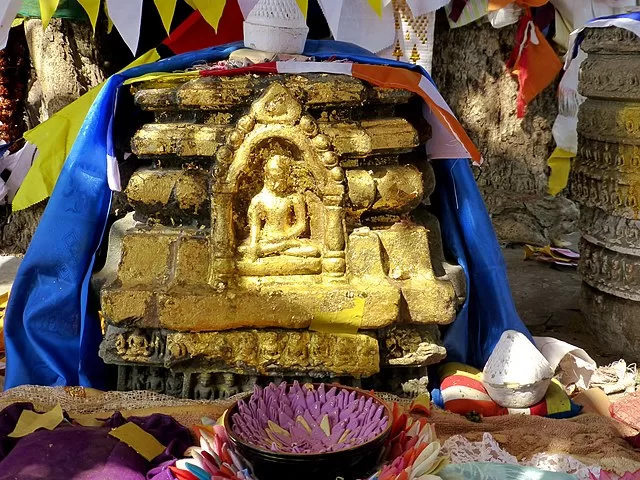
The revered Bodhi Tree, situated behind the Mahabodhi Temple, is an offshoot of the original tree under which Lord Buddha attained enlightenment. The tree symbolizes the continuity and essence of Buddhism, making it an object of immense devotion and reverence.
Pilgrimage to Bodh Gaya
Every year, Bodh Gaya witnesses a multitude of pilgrims from different corners of the world. Buddhists undertake this spiritual journey to seek enlightenment, practice meditation, and immerse themselves in the teachings of Buddha. The town’s ambiance fosters an environment of tranquility and introspection, conducive to spiritual growth.
Meditative Practices and Retreats
Bodh Gaya offers various meditation centers and retreats for those seeking a deeper understanding of Buddhist practices. These programs cater to individuals with diverse levels of experience, making meditation accessible to beginners and experienced practitioners alike.
Local Culture and Cuisine
Beyond its spiritual allure, Bodh Gaya provides a glimpse into the vibrant culture of the region. Visitors can explore traditional dance performances, local handicrafts, and relish the flavors of authentic Bihari cuisine. The warm hospitality of the locals enhances the overall experience of visitors.
Exploring the Surrounding Areas
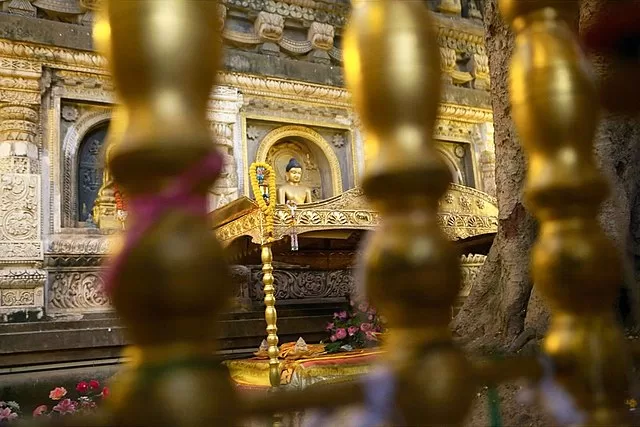
The vicinity of Bodh Gaya boasts other historical and religious sites, such as Nalanda and Rajgir. Nalanda University, an ancient seat of learning, attracts history enthusiasts, while Rajgir’s hot springs offer therapeutic relaxation amidst natural beauty.
Bodh Gaya: A Spiritual Hub
Bodh Gaya transcends its geographical boundaries and serves as a spiritual hub, fostering intercultural and interfaith dialogues. It promotes harmony and understanding among followers of different religions, embracing the true essence of Buddhism – compassion and enlightenment for all beings.
Preservation Efforts and Challenges
With an increasing influx of visitors, Bodh Gaya faces the challenge of preserving its historical structures and natural surroundings. Conservation efforts and sustainable tourism practices are essential to protect this sacred place for generations to come.
Sustainable Tourism in Bodh Gaya
To maintain the spiritual ambiance and ecological balance, the local authorities, along with various organizations, are actively promoting sustainable tourism practices. Responsible tourism ensures that visitors can experience the spiritual aura without compromising the sanctity of the place.
The Impact of Bodh Gaya on Buddhism Worldwide
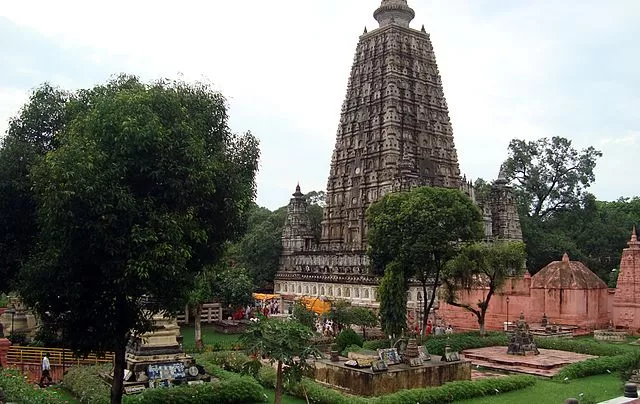
Bodh Gaya’s significance goes beyond being a pilgrimage site; it serves as a unifying force for Buddhists worldwide. The teachings of Lord Buddha, enriched by the aura of this sacred town, have influenced millions of lives, fostering peace and compassion around the globe.
Conclusion
Bodh Gaya stands as an eternal source of spiritual inspiration, drawing seekers from different corners of the world. Its historical and cultural heritage, combined with the teachings of Buddha, enrich the lives of those who visit. As visitors meditate under the Bodhi Tree, they immerse themselves in an experience that transcends time, finding solace and enlightenment in the sacred abode of Bodh Gaya.
FAQs
1. What makes Bodh Gaya so special for travelers and spiritual seekers?
Bodh Gaya is where the Buddha gained enlightenment under the sacred Bodhi tree. It’s like the ultimate spiritual hotspot—a place buzzing with history, peace, and a vibe that just pulls you in. Whether you’re into meditation, history, or just curious, Bodh Gaya has a unique charm that speaks to everyone.
2. When is the best time to visit Bodh Gaya?
If you hate sweating buckets, the cooler months from October to March are perfect. The weather is pleasant, making it ideal for exploring temples and joining peaceful meditation sessions. Plus, visiting during festivals like Buddha Purnima offers a colorful, vibrant experience.
3. Can I stay overnight near the Mahabodhi Temple complex?
Absolutely! Bodh Gaya offers plenty of guesthouses, ashrams, and hotels close to the temple. Staying nearby means you can catch those magical early morning prayers or evening chants without rushing—perfect for soaking in the spiritual atmosphere.
4. Is Bodh Gaya only for Buddhists, or can anyone visit?
Anyone can visit! While Bodh Gaya is a major pilgrimage site for Buddhists, it warmly welcomes travelers from all backgrounds. The peaceful energy and beautiful surroundings make it a great spot for anyone looking to connect with history, spirituality, or just find a quiet retreat.
5. What are some must-see spots in Bodh Gaya besides the Mahabodhi Temple?
Besides the iconic Mahabodhi Temple and Bodhi tree, check out the Thai, Japanese, and Tibetan monasteries—they each bring a unique cultural flavor. Also, the Great Buddha Statue and the Archaeological Museum add extra layers to your visit, making the experience richer and more memorable.

